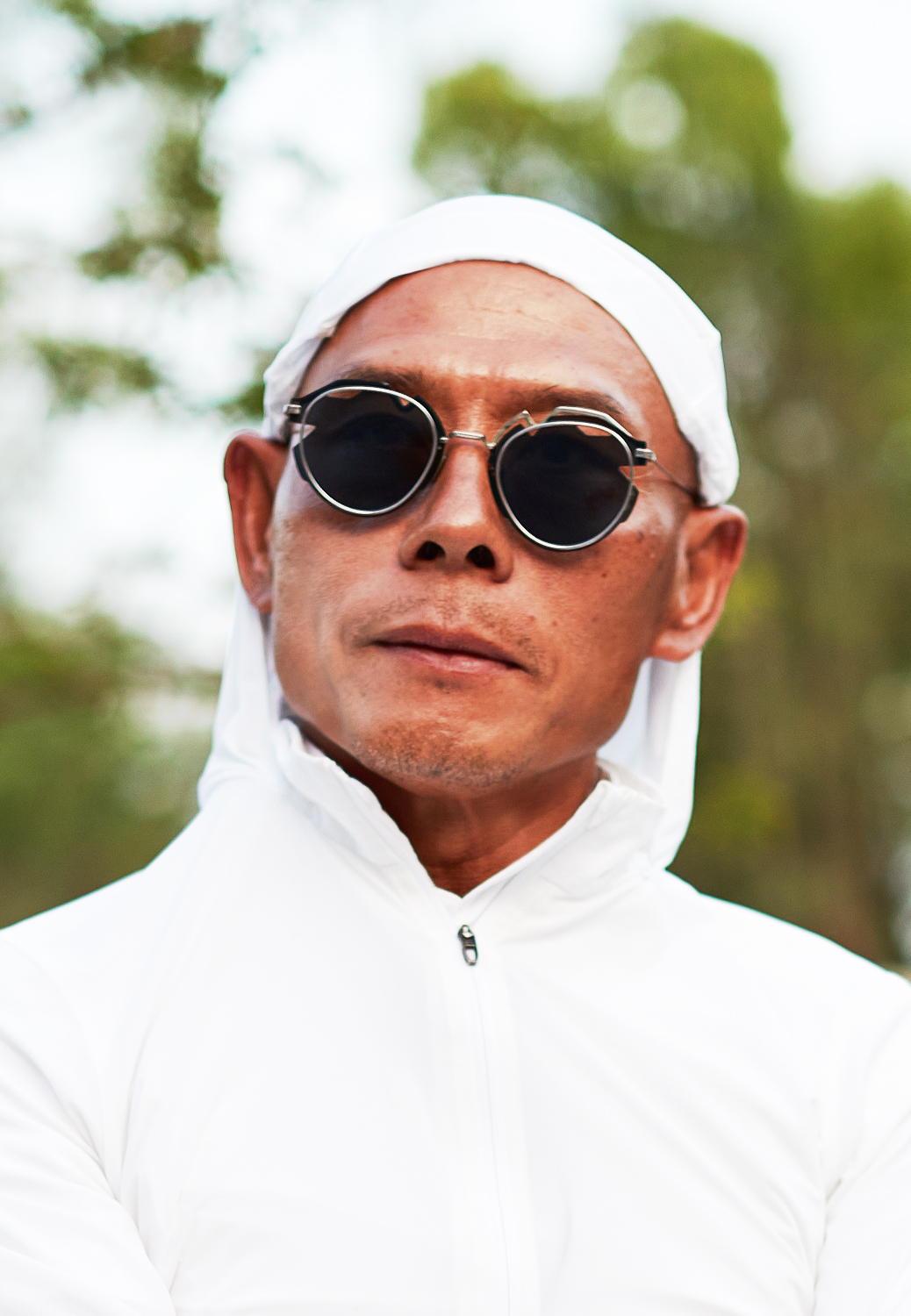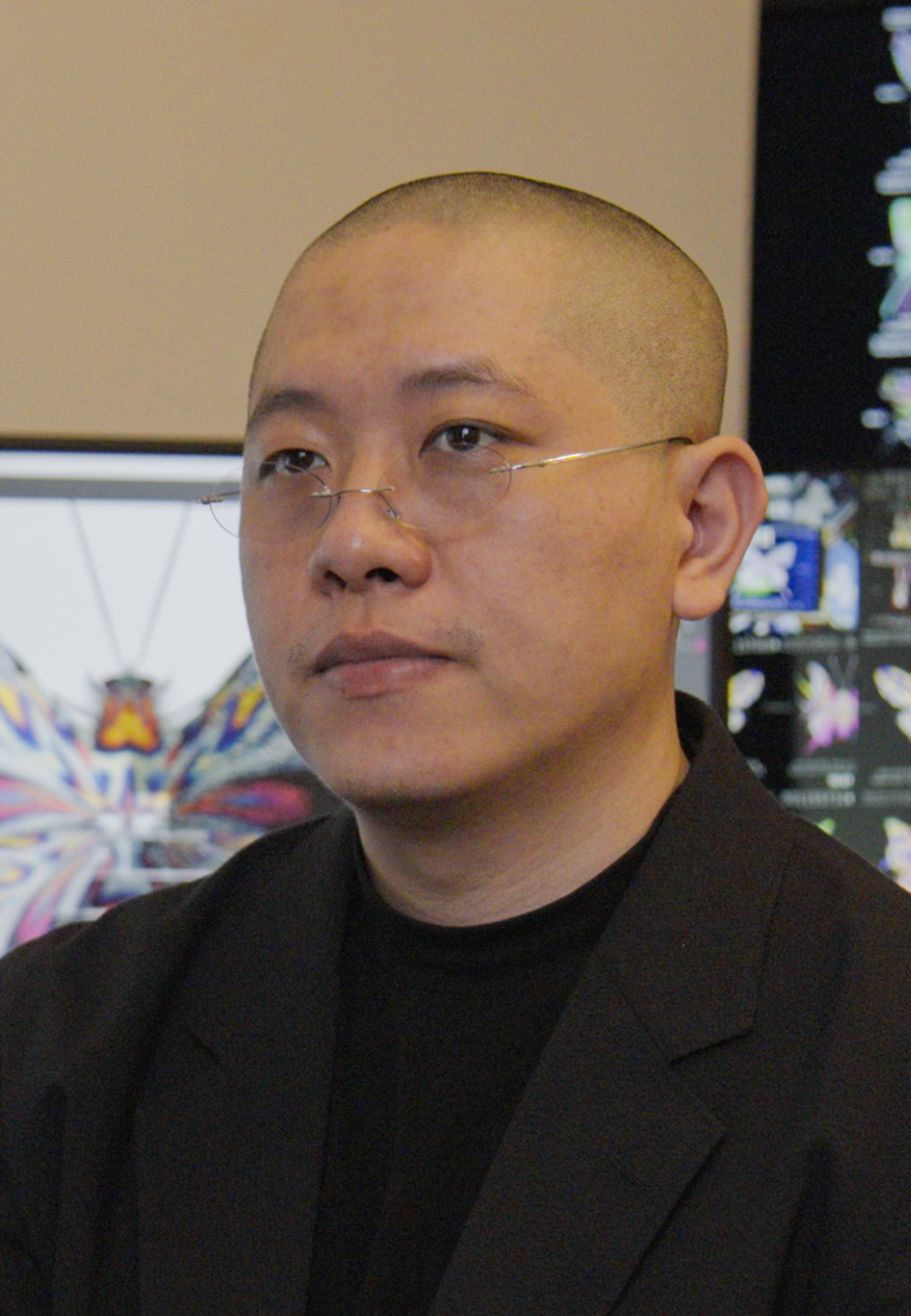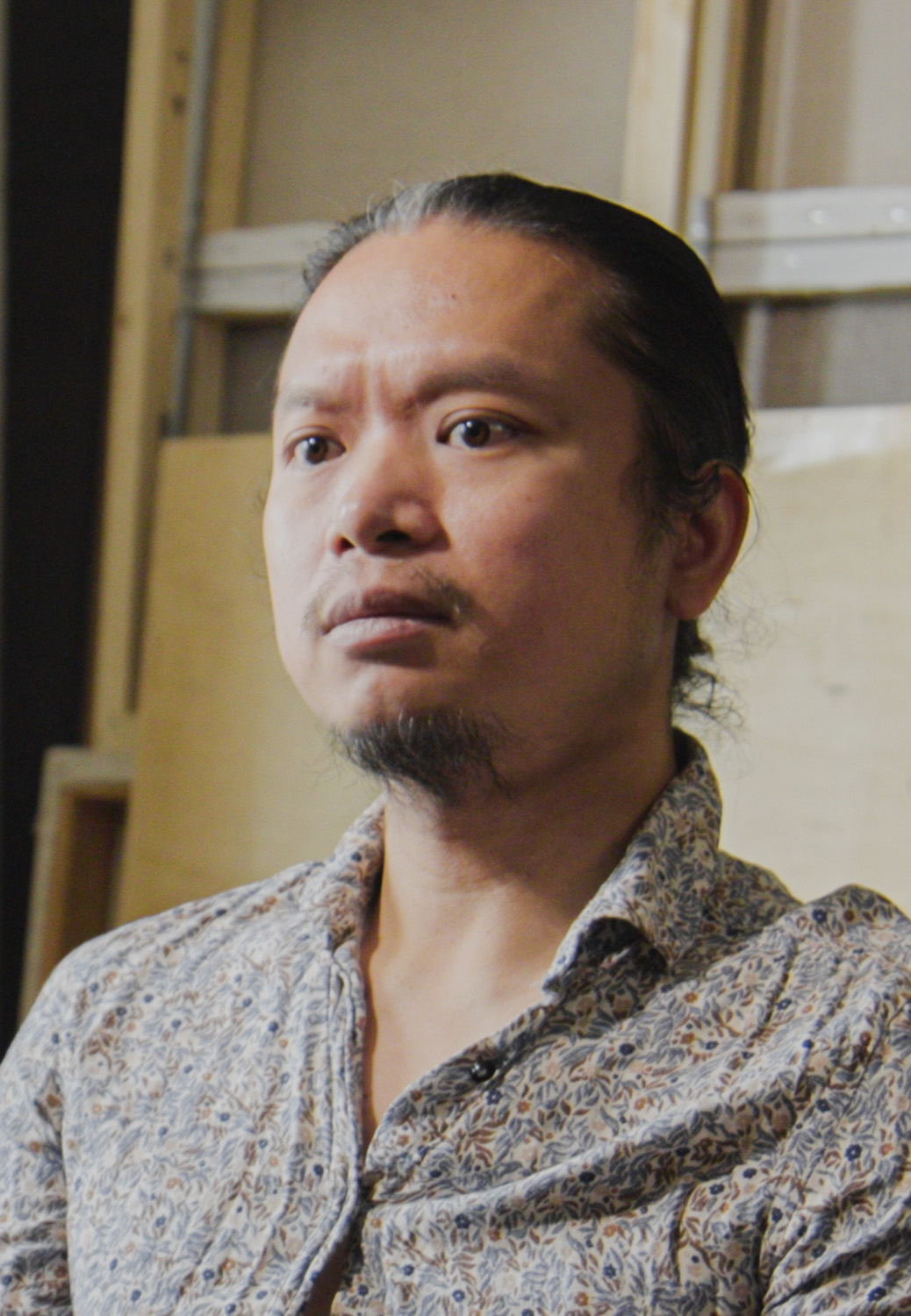Meet the Artists
Subscribe our Newsletter
Gain access to exclusive interviews with artists, behind the scene stories and more.
China’s Digital Renaissance
From AI Buddhas to electronic ink paintings
This episode delves into how technology has changed the way young Chinese artists create their works. We explore how new mediums and digital tools help them rediscover their own traditions, redefine them for contemporary times, and reshape the narrative around the long-misunderstood Chinese culture.
“A growing number of young digital artists are drawing inspiration from their native language and culture. This trend not only offers a creative advantage, but also a practical one, as it allows them to easily tap into the environment in which they grow up.”
- DABEIYUZHOU
Buddhist Themes Merged With Cybernetic Visuals
Dabeiyuzhou captivates audiences with his unique blend of Buddhist themes and cybernetic visuals. He is known for his Virtual Butterflies and AI Buddhists.
His art bridges the gap between tradition and technology and imagines a future where humans and computers are completely synergized.

Virtual Butterflies (2019)
“Modern digital technology is precise and rarely makes mistakes, unlike humans who are prone to errors. Beauty lies in flaws, twists, and happy accidents, making our mistakes the raw material for the artistic expression of our humanity.”
- Du kun
Rock Music Meets Chinese Painting
Du Kun often incorporates music, Chinese architecture, landscapes, and calligraphy elements into his paintings.
For example, his Revels of the Rock Gods depicts monumental, temple-like portraits of Chinese rock musicians, while Scores of Landscapes turns music composition into traditional Chinese landscape paintings.
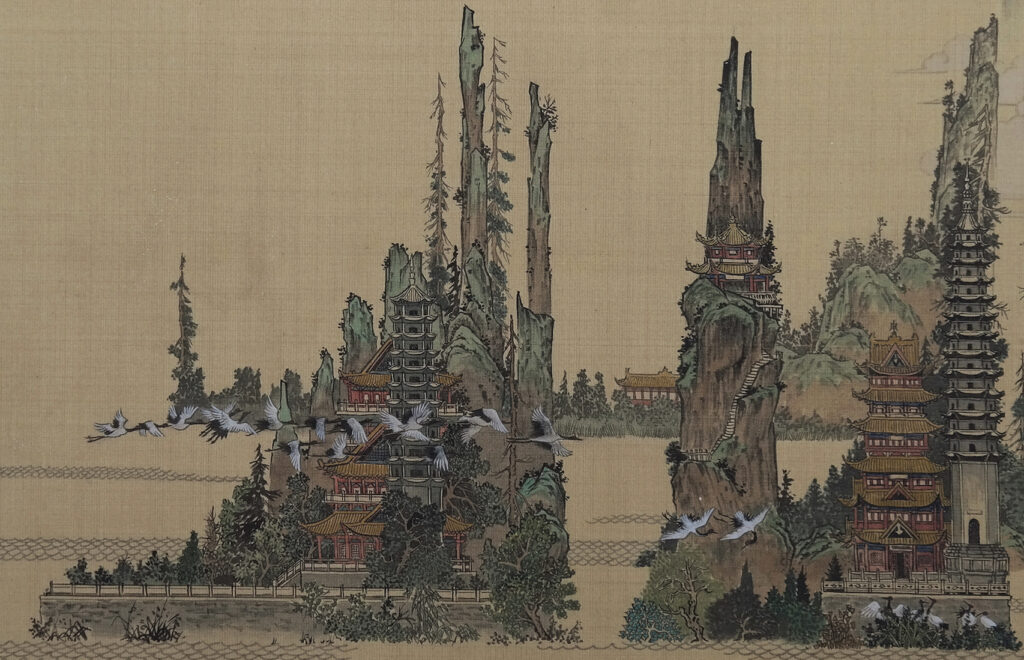
Going Upstairs (2021)
Will AI Kill Art?
Two Top Artists from China Beg To Disagree
Should artists fear AI or embrace it? Two famous Chinese artists weigh in on the latest technology and how it affects the way we create and consume art. Xu Bing and Zhang Huan talk about how they’ve experimented and pushed the boundaries of art by using AI, and what’s still considered art in this age of superintelligence.
“Before, being an artist meant you were very good at painting. Now art and technical skills like that one are no longer tightly linked. The more AI technology develops, the more it gives me space and time to reflect.”
- XU BING
The First Film Produced by AI Based on Audience’s Prompts
This film was developed by Xu Bing and a team of AI developers. It reacts to the audience’s prompts in real time and changes its plot, style, and characters accordingly.
The experiment was made with early language learning models and reflected how human emotions and knowledge can influence artistic creation.
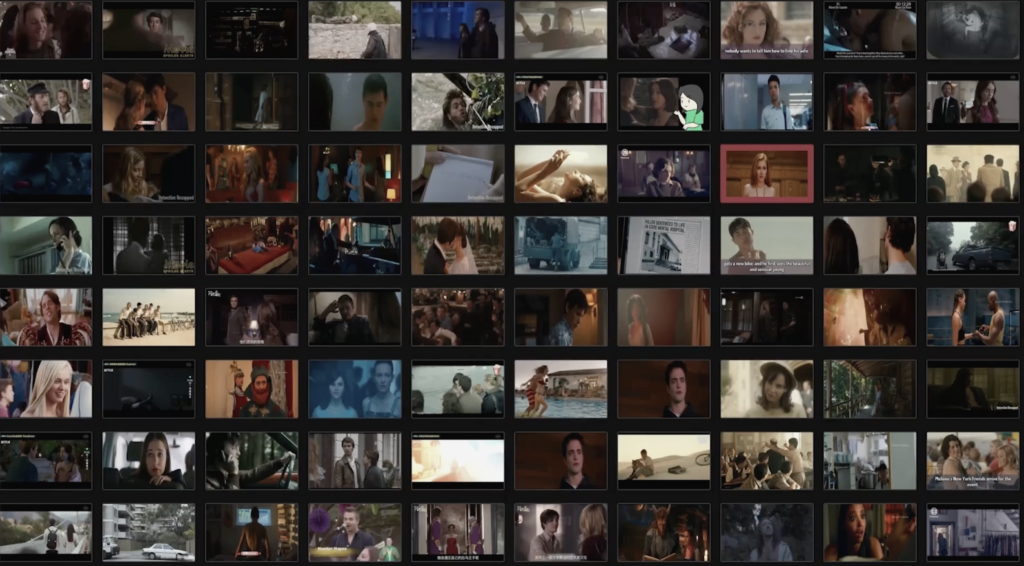
Artificial Intelligence Infinite Film (AI-IF) Project (2017)
“Technology entirely depends on how you use it. If you use it well, it pushes people in the right direction. If you don’t, it hampers us.”
- Zhang huan
NFT Meets Performance Art and Tibetan Buddhist Rituals
Zhang Huan’s non-fungible token (NFT) series The Celestial Burial of an Artist is based on one of his most iconic performances My New York.
Virtual audiences were invited to be part of this NFT performance artwork by taking turns to get rid of Zhang’s avatar in a virtual reproduction of the Tibetan sky burial, a funeral practice where human corpses are placed on top of a mountain and eaten by vultures.
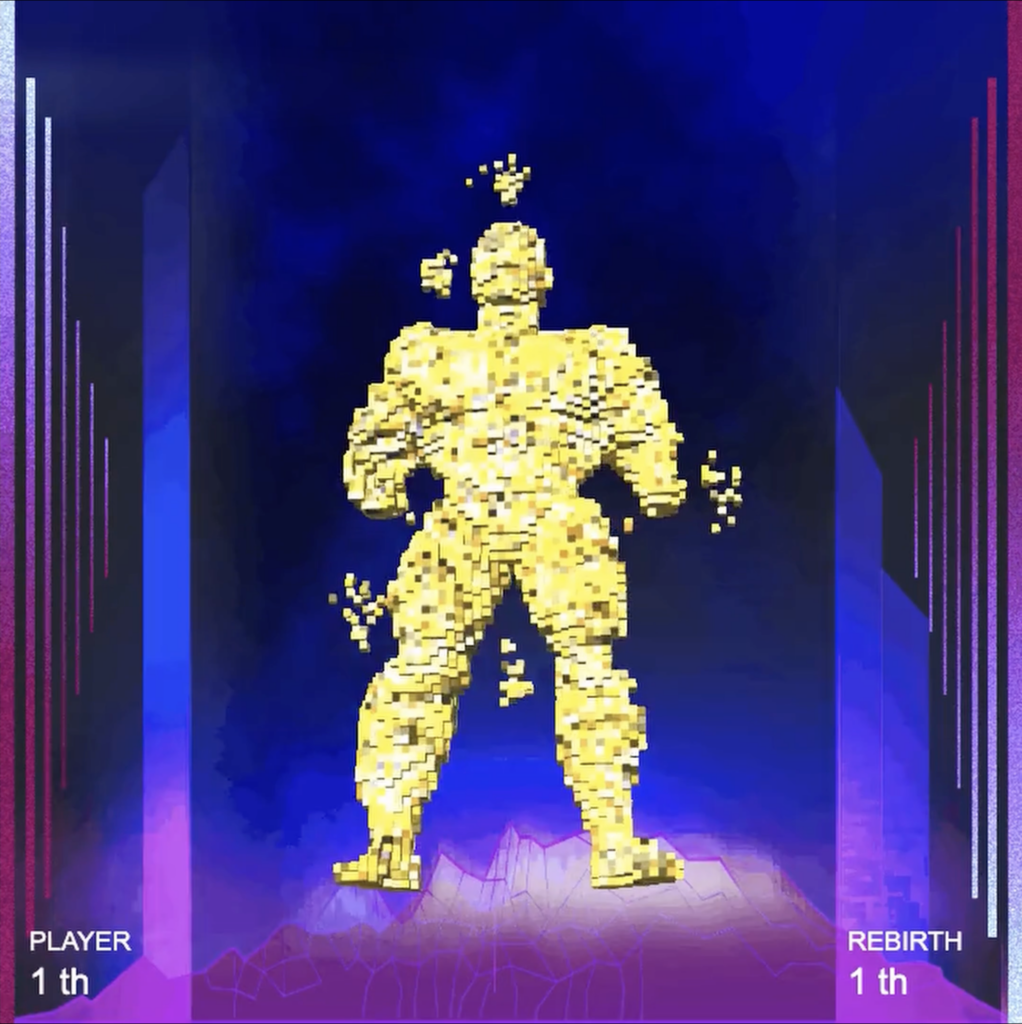
The Celestial Burial of an Artist (2021)
Related Articles
Read More About Chinese Digital Art

Tomás Pinheiro | April 2023
Xia Han: The Video Game Artist Who Hates the Metaverse
In his new A.I.-generated project ‘McDonald’s Museum,’ artist Tudou_man reimagines the iconic fast-food chain’s products as ancient cultural relics

Tomás Pinheiro | August 2022
Ding Shiwei’s Art Dystopia Will Make You Wary of Omnipresent Screens
Do screens alter our perception of reality, information, politics, religion, and freedom? Contemporary artist Ding certainly thinks so

Lu Zhao | May 2023
A.I. Artist Reimagines McDonald’s Items As Ancient Chinese Relics
In his new A.I.-generated project ‘McDonald’s Museum,’ artist Tudou_man reimagines the iconic fast-food chain’s products as ancient cultural relics
Founded in 2017, RADII’s mission is to captivate the world through stories that transcend boundaries.
Copyright © 2023 RADII CHINA

